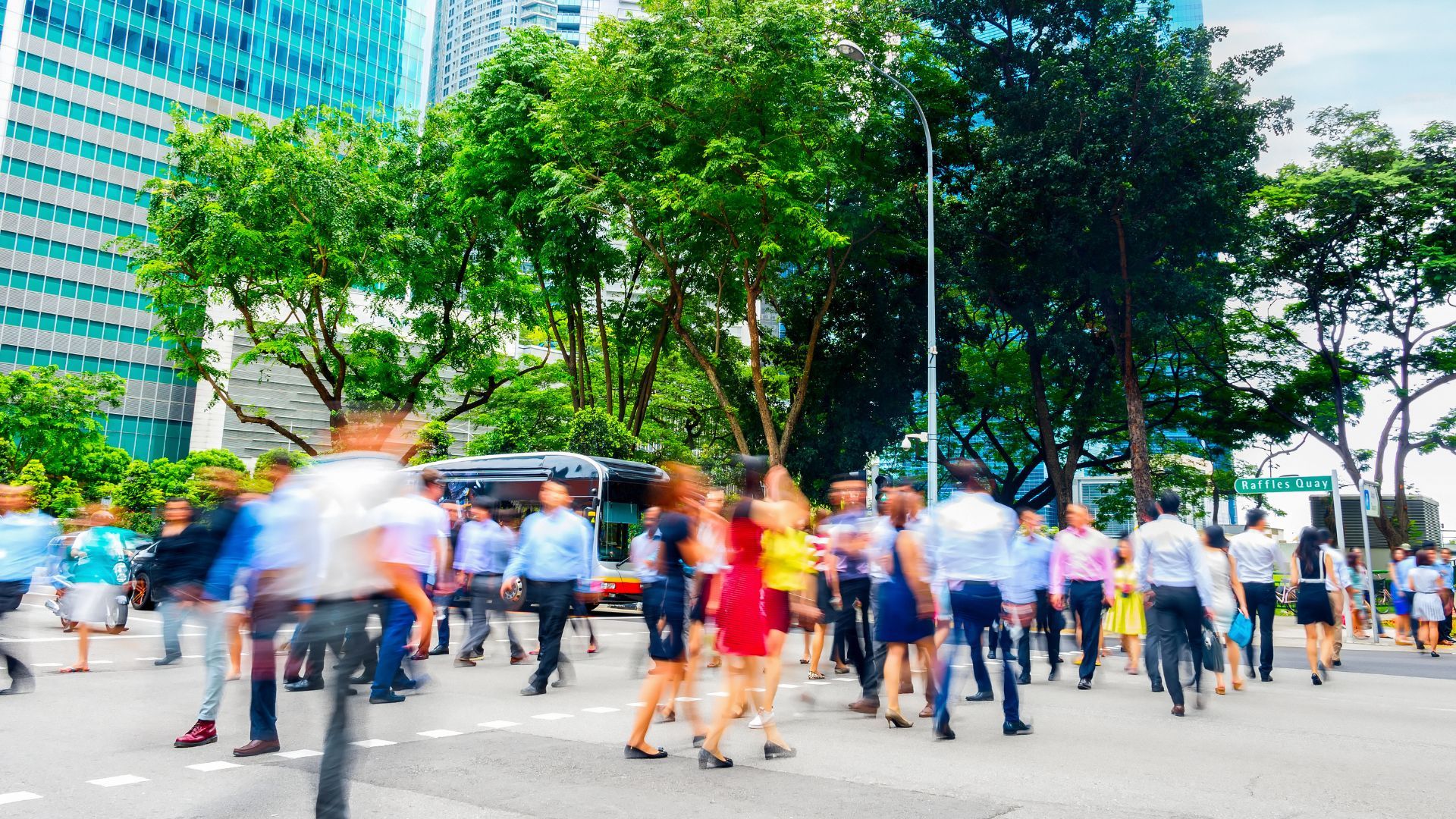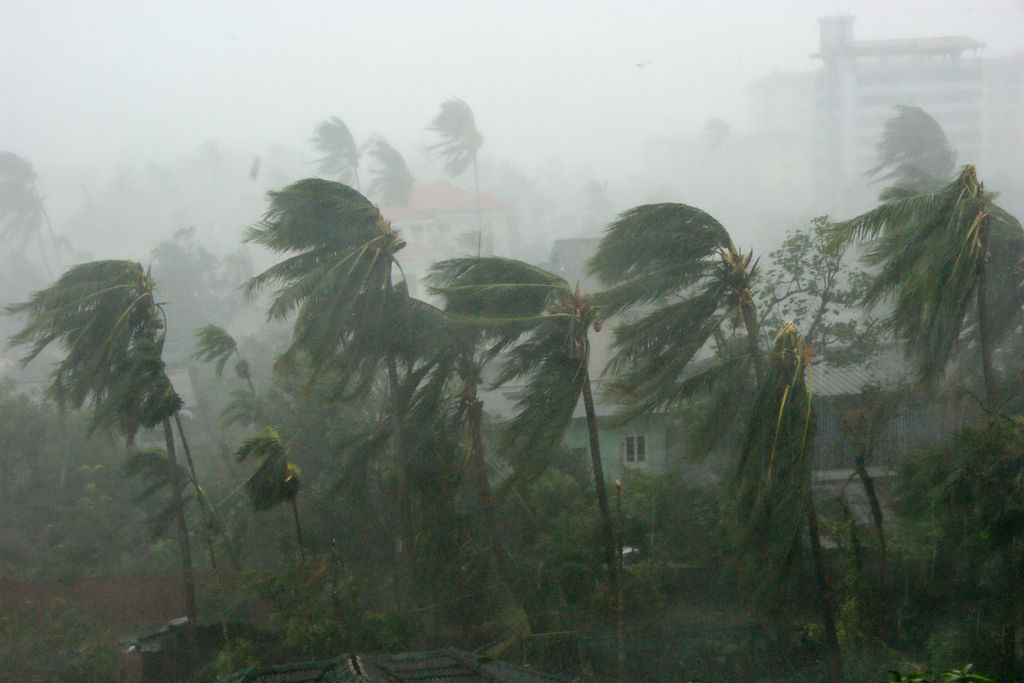Cities stepping up to the challenge: What climate migration means for local governments
Whether you call it climate migration, climate mobility, or climate displacement, people needing to leave their homes because of climate change is a topic of existential importance. It’s clear that climate change and its impacts will (or rather, are already) forcing people to migrate, and with it come considerations that need to be faced sooner rather than later.
Let’s start with the where of climate migration. While most climate migration happens internally within national borders, some international border crossing takes place, mostly with neighbouring countries, as is often the case with international displacement. When looking at forced migration as a whole, 60% of people are displaced internally, while 70% of internationally displaced people stay in neighboring countries. In 2022, for example, weather-related disasters such as floods, storms, wildfires, and droughts led to an unprecedented 32.6 million internal displacements, accounting for 98% of all climate disaster-driven movements.
When it comes to the scale of climate migration, estimates vary on how many people will migrate due to climate change: While some claim massive movements of people, others believe that, due to a variety of factors, the number of people migrating due to climate change won’t actually be that high. Factors include aspects such as people being trapped in immobility, people’s connection to their land, and people choosing to stay in fertile agricultural areas even when it comes with environmental risks.
Either way, it is worth remembering that behind every number is a person. Whether people move or stay, the human dimension must remain front and center. And it is within this new reality that cities are at the forefront, not only as destinations for those displaced, but as key actors in shaping inclusive, resilient responses to climate mobility. These discussions were at the heart of last week’s Daring Cities Virtual Forum session, which gathered local leaders and experts to reflect on how cities are planning for climate-driven migration.
However climate migration unfolds, three things are certain, as David Lubell, Senior Climate Mobility and Cities Fellow at ICLEI USA pointed out: 1) Climate migration is already happening, 2) climate change (especially in combination with other factors) is most likely going to increase displacement, and 3) cities, often as main destinations, are vital hubs of response. Urban areas are the primary destinations for people displaced by climate change-induced impacts, and while migration policies are normally decided on a national level, it is cities that need to respond and that are being transformed by (climate) migration.
This means cities worldwide face dual challenges: One, preparing for climate change, and two, being ready to host climate-displaced people. This invariably leads us to the question: What can cities do? Here are four key reflections from the session:
1. Cities need to have resilient, equitable, and welcoming climate mobility infrastructure
When talking about migratory infrastructure, it includes both “soft” and “hard” infrastructure. Migratory infrastructure recenters a city’s human infrastructure, combining it with the physical structure of a city. Equally vital to affordable housing for newcomers, for example, is a positive public attitude towards migrants. David Lubell explained: “Soft infrastructure includes the laws, programs, and plans put in place to welcome people. It’s about ensuring that the social and institutional systems are ready to support them. But soft infrastructure alone isn’t enough. Communities also need hard infrastructure—the physical components like housing, updated sewer systems, and electrical grids, especially if they expect to receive hundreds of thousands of people. Both forms are essential, but right now, they don’t exist at the scale that climate-driven migration will demand. That’s why early planning is critical.”
Of course, when physical space is at a premium, the infrastructure is not yet in place (particularly for an issue as fundamental as housing), or the quality of infrastructure is inadequate, cities run the risk of increasing migrants’ vulnerabilities upon arrival, which does no one any favors, especially the newcomers themselves. Worse still, a scarcity of public infrastructure can breed resentment, where existing residents blame migrants for overburdened systems. This scapegoating fosters political tension and undermines social cohesion, creating a feedback loop that deepens the problem.
2. Cities need to be proactive rather than reactive
Ad-hoc responses fail to address the full cycle of displacement, overlooking the root causes and the long-term outlook. According to Brigid Shea, Commissioner of Travis County in Texas, a State that has borne considerable climate impacts this decade, and 20 years ago welcomed thousands of New Orleansians in the wake of Hurricane Katrina, preparing for climate disasters in advance, having the difficult conversations with local communities, and making the most of local authority capacity is necessary to properly respond to emergencies.
This, by proxy, would also include cities readying themselves to welcome climate-displaced communities. Managing climate migration becomes an easier feat when planned ahead, rather than in the midst of people arriving. “We need to be preparing our communities and then looking at the kind of basic structural things we can do to be better prepared,” Commissioner Shea advised. Sticking to the US, David Lubell pointed to three examples: New Orleans is now planning proactively after being caught off-guard during Katrina; Orlando is taking proactive steps to prepare to receive climate migrants, after their experience with climate migrants arriving from Puerto Rico post-Hurricane Maria in 2017; and Cincinnati is moving quickly by developing a comprehensive climate mobility plan.
3. The Global North, and its cities, must respond properly
While Global North countries and cities might not have to (initially) host as many climate-displaced communities as their counterparts in the Global South, the magnitude of effects may very well catch up, or exceed, what we’re witnessing in the rest of the world. No cities can truly ‘hide’: There’s a need for considerable mutual learning, and for the Global North to meet its duty to change climate migration narratives.
In the words of Valeriana Broetto, Knowledge Management & Youth Consultant at ICLEI South America: “Speaking from the Global South, we don’t just need funding. We need the Global North to be prepared for migration and displacement, and to help shift the narrative. Migration isn’t something bad; it can be a positive force. We must prevent forced movements, but we must also protect the right to move.”
With an increasing trend of criminalizing (irregular) migration rather than creating safe migration pathways, it is more important than ever to uphold the right to move, especially as climate change amplifies displacement pressures globally.
4. Multilevel governance and cross-department collaboration are crucial
Impacts of climate change and disasters are inherently local phenomena, specific to local areas or regions. While local and regional governments are often best placed to address issues, cities cannot handle the consequences alone: It is of utmost importance that local authorities and national governments collaborate.
A major step towards proactive multilevel governance, in Broetto’s eyes, would be including different aspects of human mobility in the context of climate change in the national adaptation strategies. Of course, what drives migration, generally, is a complicated conversation; it’s connected to many non-climate change drivers, such as demographic, historical, political, social, and economic phenomena. Such an intersectional topic begs for intersectional collaborations and responses. This does not only refer to across government levels, but also across departments and sectors. Different agendas – such as climate adaptation, urban planning, and disaster risk reduction – need to include human mobility in their policies, creating policy coherence across sectors.
Leading with integrity
Climate displacement is intersectional, challenging, and complex. While cities are not able to control the entirety of what lies ahead, proactively planning for climate-driven migration allows local governments to push a narrative of honest preparation, supplemented by learning, collaboration, and intersectionality. Whether Global North or South, in megacities or small towns, local governments committed to sustainability must step up to face this reality. “It’s a difficult reality. We need to start talking with people about it, because if we don’t plan for this kind of migration, then it will be the worst kind of outcome,” concluded Brigid Shea.
*This blog was written based on the Daring Cities Virtual Forum session, “How cities are planning for climate-driven migration,” held on 30 July 2025. Watch the recording here.







